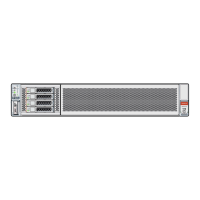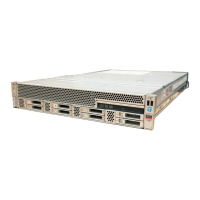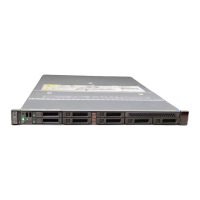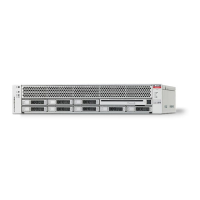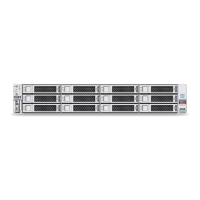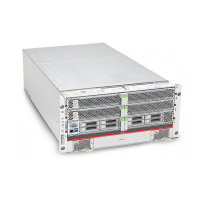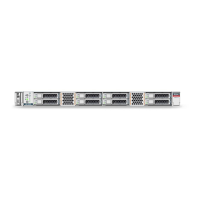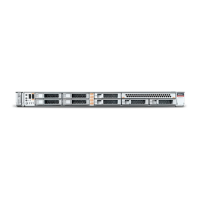Identify and Remove a Faulty DIMM
3.
To remove the faulty DIMM, do the following:
a.
Rotate both DIMM socket ejectors outward as far as they will go.
The DIMM is partially ejected from the socket.
b.
Carefully lift the DIMM straight up to remove it from the socket.
4.
Replace each faulty DIMM with either another DIMM of the same rank size (dual-
rank or single-rank) or leave the socket empty.
For DIMM replacement instructions, see “Install a DIMM” on page 84.
Related Information
■
“DIMM and Processor Physical Layout” on page 78
■
“DIMM Population Rules” on page 79
■
“DIMM Rank Classification Labels” on page 79
■
“Install a DIMM” on page 84
Servicing Components That Require Server Power-Off 83
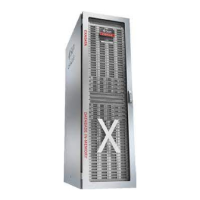
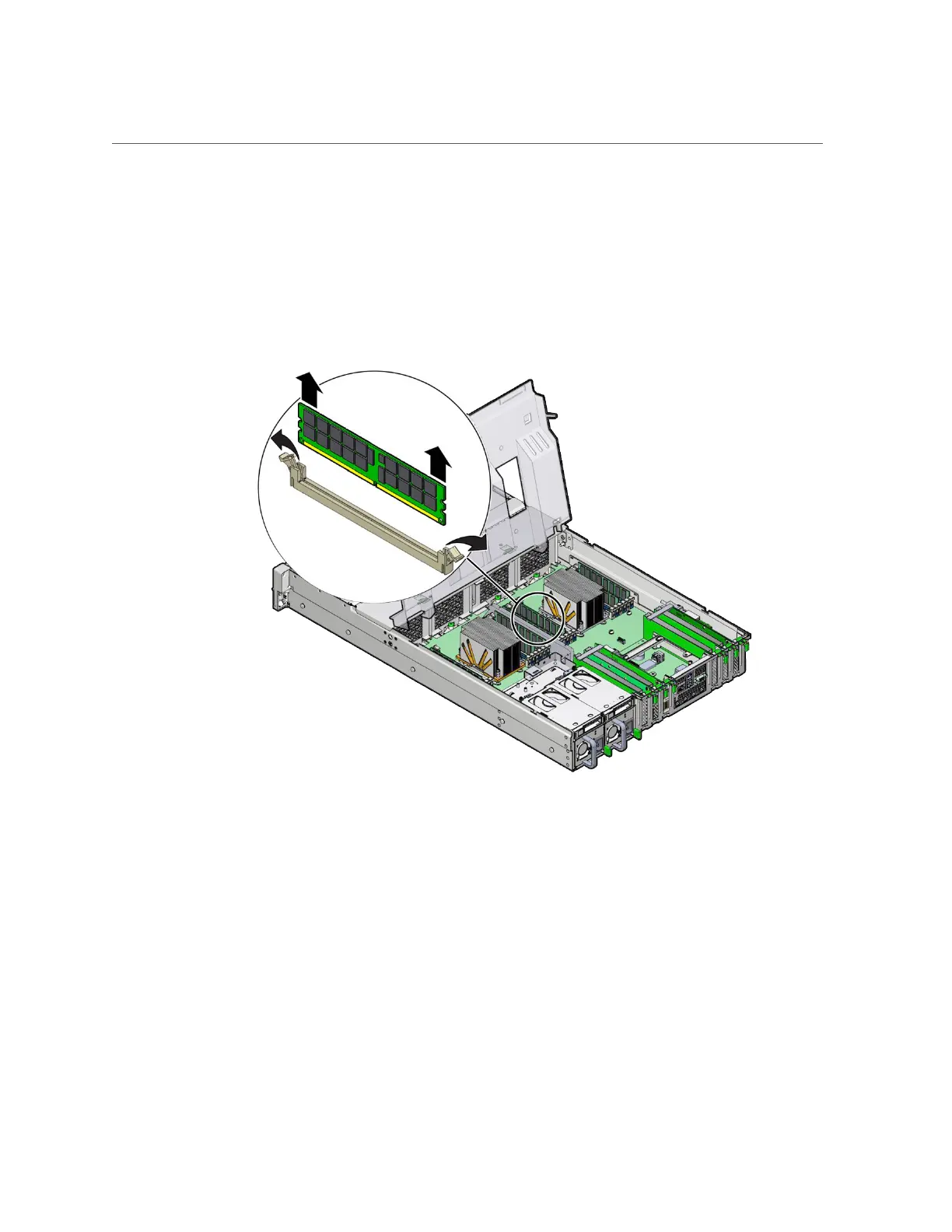